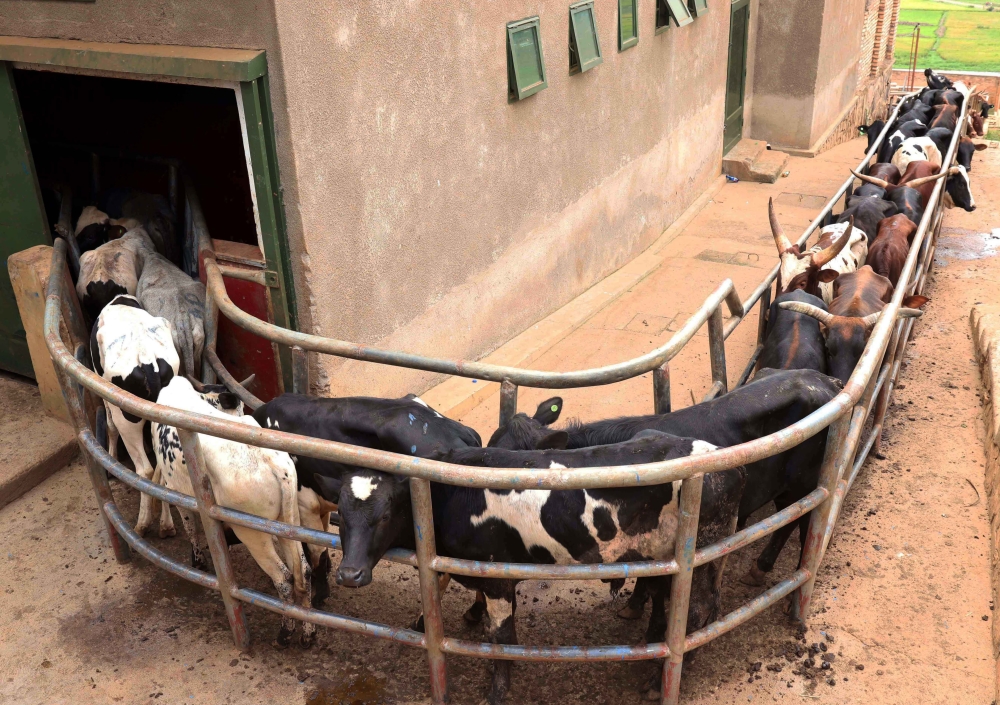Rwanda Inspectorate, Competition and Consumer Protection Authority (RICA) has warned of animal stress before being slaughtered which leads to low-quality meat.
According to Gaspard Simbarikure, Veterinary Hygiene and Quarantine Specialist at RICA, poor conditions before an animal goes into slaughter can affect the quality of meat.
Discussing the importance of safety and the need for animals to rest before slaughter in line with the ongoing “Safe and Quality Meat” campaign within the meat value chain, he emphasised that low-quality meat could lead to health problems.
“Stressed animals give low-quality meat due to chemical reactions happening in their bodies and this may lead to production of unwanted body secretions which reduces the quality of meat. Low-quality meat has low nutritive value and this may impact the well-being of the consumer,” he said.
Animals still experience stress on their way to the slaughterhouses, and Alex Mvunabandi, a slaughterman in Gakenke District, often faces this challenge when animals are being transported because “some trucks do not follow regulations.”
It is recommended that large animals rest for at least 24 hours, while poultry should rest for at least two hours to reduce stress as it affects the quality of meat.
“When an animal destined for slaughter is stressed shortly and right before slaughter, glucose and especially glycogen stores are activated and metabolised to produce energy in the form of ATP through glycolysis, Krebs cycle, and electron transport system.
“This high metabolic rate continues until after the animal is stunned and bled out. Without the blood to transport the oxygen needed for the Krebs cycle and the electron transport system, glycogen metabolism becomes anaerobic, and lactic acid is produced and accumulated. The accumulation of lactic acid results in a pH decrease to as low as 5.3. Such a low meat pH results in pale, soft, and exudative (PSE) meat,” Simbarikure said.
Despite the risks of health problems from consuming low-quality meat, consumers have the right to receive products that are equal in quality to the price, as Simbarikure stated.
If the animal for slaughter experiences prolonged stress before it is slaughtered, glucose and glycogen stores are activated and used to produce energy during that long stress. The New Times noted.
After stunning and bleeding the animal, most of its glucose and glycogen stores will have been used up, and the resulting low accumulation of lactic acid leads to meat with a higher pH of up to 6.5.
Such a high meat pH results in dark, firm, and dry (DFD) meat. Good quality meat typically falls between pale, soft, and exudative (PSE) and DFD, with an ultimate pH of 5.6 to 5.8, Simbarikure noted.
“It may be contradictory to the right of consumers to access quality products and it violates the principle of equal pay, whereby the consumer shall have the product which is equal in terms of quantity and the price,” he added.

